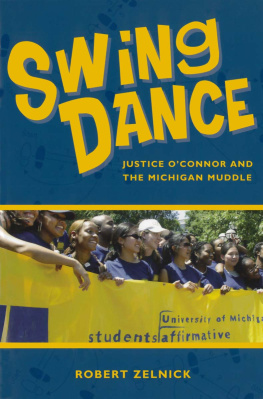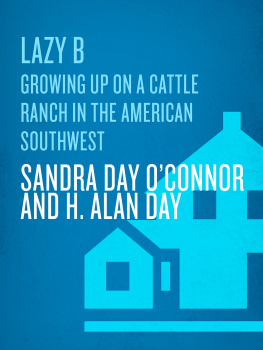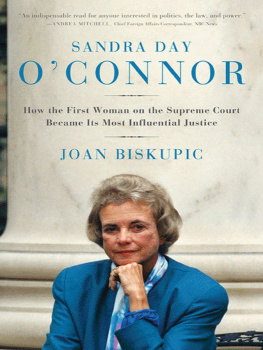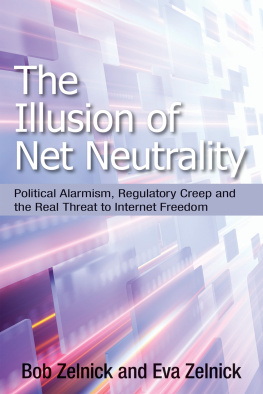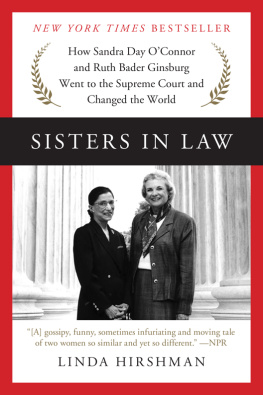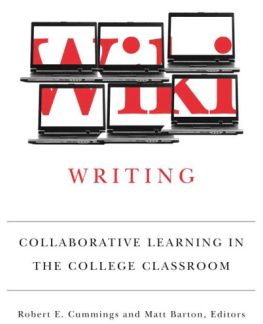
The Hoover Institution on War, Revolution and Peace, founded at Stanford University in 1919 by Herbert Hoover, who went on to become the thirty-first president of the United States, is an interdisciplinary research center for advanced study on domestic and international affairs. The views expressed in its publications are entirely those of the authors and do not necessarily reflect the views of the staff, officers, or Board of Overseers of the Hoover Institution.
www.hoover.org
Hoover Institution Press Publication No. 528
Copyright 2004 by the Board of Trustees of the Leland Stanford Junior University
All rights reserved. No part of this publication may be reproduced, stored in a retrieval system, or transmitted in any form or by any means, electronic, mechanical, photocopying, recording, or otherwise, without written permission of the publisher.
First printing 2004
10 09 08 07 06 05 04 9 8 7 6 5 4 3 2 1
Manufactured in the United States of America
The paper used in this publication meets the minimum requirements of the American National Standard for Information SciencesPermanence of Paper for Printed Library Materials, ANSI Z39.48-1992.

Library of Congress Cataloging-in-Publication Data
Zelnick, Robert, 1940
Swing dance : Justice OConnor and the Michigan muddle / by Robert Zelnick.
p. cm. (Hoover Institution Press publication ; no. 528)
Includes bibliographical references and index.
ISBN 0-8179-4522-9 (alk. paper)
1. OConnor, Sandra Day, 1930 2. United States. Supreme Court. 3. Universities and collegesAdmissionLaw and egislationMichigan. 4. Discrimination in educationLaw and legislationMichigan. 5. Affirmative action programsLaw and legislationMichigan.
I. Title. II. Hoover Institution Press publication ; 528.
KF8742.Z44 2004
344.730798dc22
2004001433
Robert Zelnick, an Emmy Award-winning journalist, is a research fellow at the Hoover Institution and chair of the Department of Journalism at Boston University.
To Carl Brady,
With Friendship and Gratitude
Acknowledgments
Once again, my deepest gratitude to John Raisian, director of the Hoover Institution, for his enthusiastic and generous support for this project. Whichever way the cases of Gratz v. Bollinger and Grutter v. Bollinger came out, John agreed that it would be worthwhile to take a look at the newly redefined status of the law on the subject of race preferences and provide some sense as to which options had been foreclosed and which remained open to the combatants in the arena.
As usual Senior Associate Director Richard Sousa was a big help in getting matters underway. His counsel is uniformly wise; his instincts, sound.
Patricia Baker, executive editor of Hoover Press, took control of the manuscript from the moment of its submission and made certain that it was reviewed in a highly professional manner. I would also like to thank Ann Wood, Senior Editor of the Hoover Institution, and her colleague Tara Joffe for the superb copyediting performed on the original manuscript. The corrections were essential, and the editorial questions and suggestions, quite helpful.
Three researchers were most helpful. Terrence Burlij, at the time an intern with PBS, did a wonderful job pulling together material on the operation of the so-called percentage plans used by California, Texas, and Florida in lieu of race-conscious university admissions procedures, which had been banned by referendum, court decision, or executive order. Zach Altschuler, a law student at Columbia University, provided useful legal research. Katherine McFarland, a law student at Boston University (my own employer), took charge of citations and also suggested several editorial and stylistic changes in the manuscript. In addition, my wife, Pamela, saved me weeks of labor by segregating dozens of pages of quotations from source materials, thus sparing me the burden of reviewing unedited source material from scratch.
My thanks to Carl Cohen, the gifted professor of philosophy at the University of Michigan whose tenacious opposition to race preferences over the course of thirty years has left him with a historical perspective about the issue at Michigan that cannot be matched. The staff at the University of Michigan public affairs office, headed by Deborah Green, was most helpful, as were the good people at the Center for Individual Rights. Both offices, particularly Michigans, maintain Web sites that provide essential material on the cases. I was prepared to impose on them further, but the more I worked on the project, the more I came to conclude that this is really a story of a legal battle. The more I kept my focus on that battle and the emerging affirmative action law, the more useful my book would be to lawyers, scholars, and interested laypeople alike.
Working on this book, of course, distracted me from some of my duties as chair of the Department of Journalism at Boston University College of Communication. Dean John Schulz and his associate Tobe Berkovitz helped cover my administrative lapses, and the students in my foreign reporting class pretended that nothing whatsoever interfered with my devotion to them.
In the deepest sense, they were right.
Chapter One
The Swing Justice
As the day of reckoning for race-conscious university admissions approached, no one on either side doubted that the issues fate would rest ultimately with the conscience, the analysis, and the vote of Justice Sandra Day OConnor. On this issue, as on others such as abortion, states rights, and the Bush v. Gore struggle for Florida,1 OConnor would find herself neatly positioned between four-justice blocs of liberals and conservatives. This had been substantially true throughout the 1980s, but it was set in concrete in 1991, when the liberal Justice Thurgood Marshall retired and his replacement, the right-wing intellectual Clarence Thomas, was sworn in. During the 1990s, personalities would change as Justices William Brennan and Byron R. White retired, but their liberal replacements, Ruth Bader Ginsburg and Andrew Breyer, preserved the balance. Rarely was Justice OConnor in the minority on any case. In any given year, scholars could count on the fingers of a single hand the number of times her position in 5-4 splits had failed to prevail. Now, in anticipating her direction on race-conscious admissions as well as other key issues, commentators would refer to her as the swing vote, the most powerful woman in America,2 or, in the title of a New York Times Magazine essay, A Majority of One.3
OConnors record on race preference cases produced a good deal of foreboding, even anticipatory anger, among defenders of the approach. Justice OConnor is not a swing vote on the Court in matters of racial affirmative action plans as some believe, complained Mercer University law professor Joan Tarpley. To the contrary, she is the chief architect in dismantling these plans. No less deleterious than Bull Connors Alabama helmet police and savage dogs were to the 1960s Civil Rights Movement, OConnors opinions have dismantled affirmative action programs intended to provide equal economic opportunity to African Americans.4
Much of the anger had been initially triggered by OConnor opinions that had been interpreted at the time as rejecting minority set-asides in government contracting. As early as 1994, Jerome McCristal Culp, Jr., a black law professor at Duke University, complained that by imposing a standard of strict race neutrality on the law, Justice OConnor was blocking the Second Reconstruction, just as an earlier brand of reactionary judicial views had blocked the first: Not only is Justice OConnor deaf and blind to the concerns of Black Americansshe has, in significant ways, added her voice to form a working majority on the Court in favor of a return to a form of nineteenth-century white supremacy in our judicial discourse on race.5

